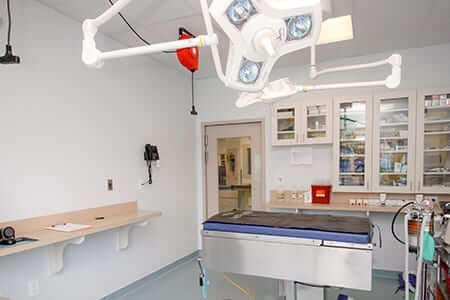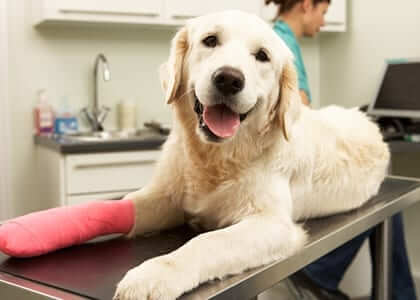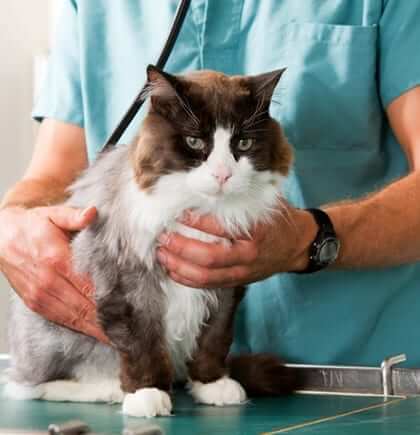
SURGICAL CARE AT PETVET ANIMAL HEALTH CENTER
Almost every pet will undergo surgery at some point in their life. For most, that starts at a young age with a spay or neuter procedure (click HERE to learn more about those services). However, there are many other reasons your pet may need surgery ranging from removal of intestinal obstructions (like rocks – yes, that happens), to removal of skin tumors, to management of bone and joint injuries. Here at PetVet we have worked hard to build both a staff and a facility that is prepared to handle your pet’s surgical care in a safe and effective manner.

COMMON PROCEDURES
Below you will find a list of some common surgical procedures we perform. This is not intended to be a complete list but will provide you with a sense of the surgical areas we cover. If your pet needs a procedure that you don’t see listed, please contact us as there is a good chance it’s something we can do.
DENTAL AND ORAL SURGERY
We perform a wide variety of dental and oral surgical procedures. Dental disease is very common in both dogs and cats, and surgery (primarily extraction of teeth and removal of small growths) is often necessary to restore the mouth to good health. For more discussion on veterinary dentistry at PetVet, click HERE.
SOFT TISSUE SURGERY
Soft tissue surgery encompasses most surgeries that don’t involve bones or joints. We provide a wide range of services here including:
- Spay and neuter
- Gastropexy (stomach tacking – recommended in deep chested large breed dogs)
- Growth removal
- Intestinal surgery (removal of foreign objects or tumors)
- Wound and laceration repair
- Urinary tract surgery (e.g. removal of bladder stones)
- Anal sac removal (yes, those nasty things can be safely removed)
- Cherry eye repair
- Correction of eyelid abnormalities (entropion, ectropion)
OTHOPEDIC SURGERY
Orthopedic surgery involves the surgical treatment of bone and joint injuries. We are fortunate to have well trained general practitioners here, as well as Dr. Ron Montgomery, a board-certified specialist, to handle orthopedic injuries. Procedures include:
- Tibial Plateau Leveling Osteotomy (TPLO) for stabilization of cruciate ligament rupture
- Correction of patella luxations
- Fracture repair
- Treatment of OCD lesions (cartilage lesions seen in young dogs)
- Femoral Head and Neck Ostectomy (FHNO)
- Treatment of juvenile bone and joint disorders

YOUR PET’S SURGERY – WHAT TO EXPECT
We know that surgery for your pet can be as stressful for them as it is for you. That’s very normal. That is why we make every effort to keep you informed and to keep your pet safe throughout their surgery day.
On the day of surgery, we ask that pets be dropped off between 7am and 8am so that we can get them prepared. This includes a physical exam, and reassessment of the condition requiring surgery, and some pre-operative lab work to be sure your pet is an acceptable candidate for anesthesia.
After those evaluations are completed, they will be given a sedative to help them relax prior to being anesthetized. Once anesthetized, a member of our staff will be with your pet until they are once again awake.
During their procedure, they are monitored by a staff member as well as by multiple electronic monitors that track heart rate, blood pressure, temperature, blood oxygenation, and respiratory rate. Doing this allows us to respond quickly to any changes before they become a problem.
All general anesthesia patients have an IV catheter placed and are on fluids to help maintain blood pressure and provide easy access for to a vein should any medications become necessary.
All patients are kept on warming devices to help maintain a normal body temperature until they are awake.
Most surgical patients are ready to go home by late afternoon. For more complicated or involved surgeries, we may hold them overnight so that we can provide stronger pain control.
